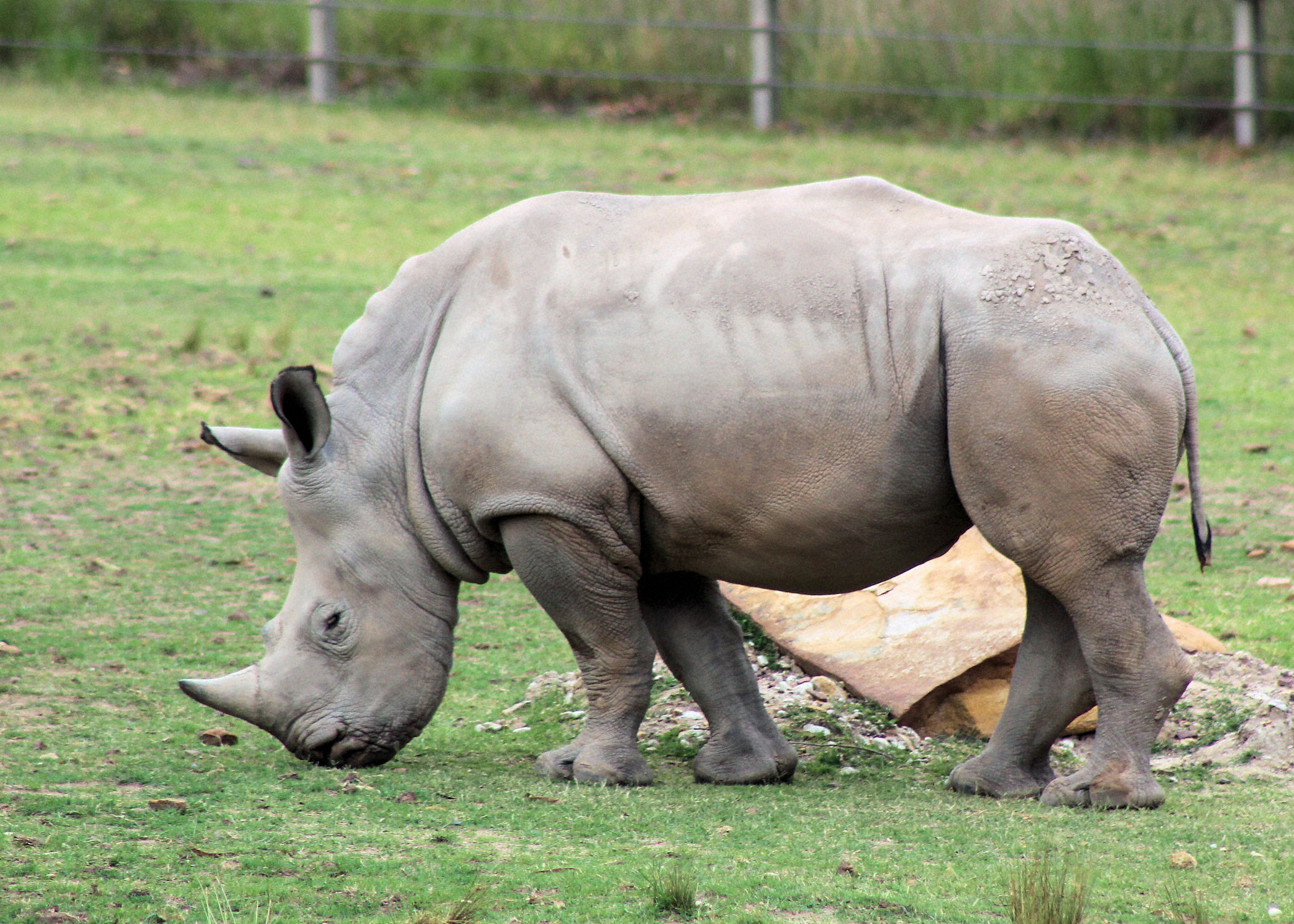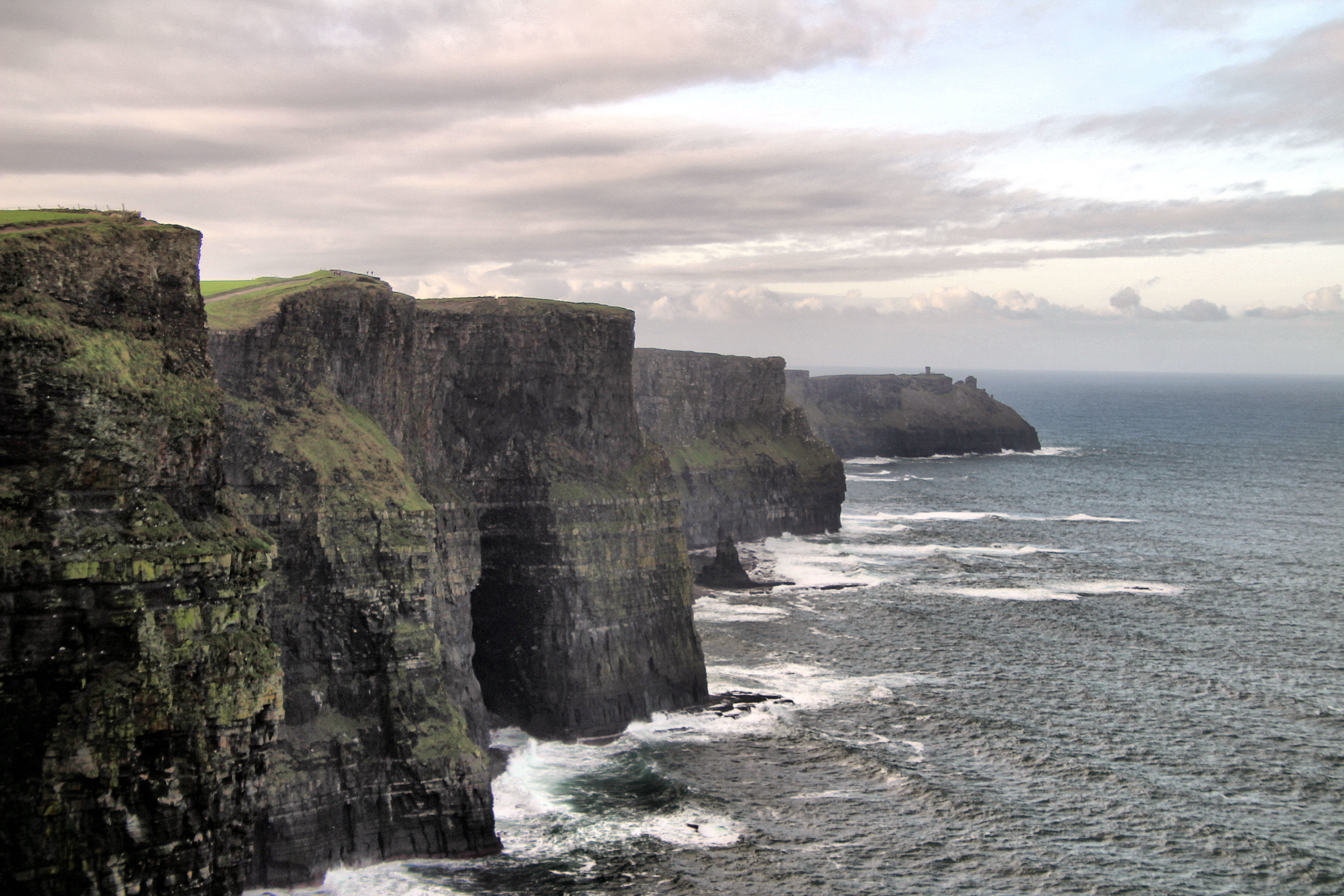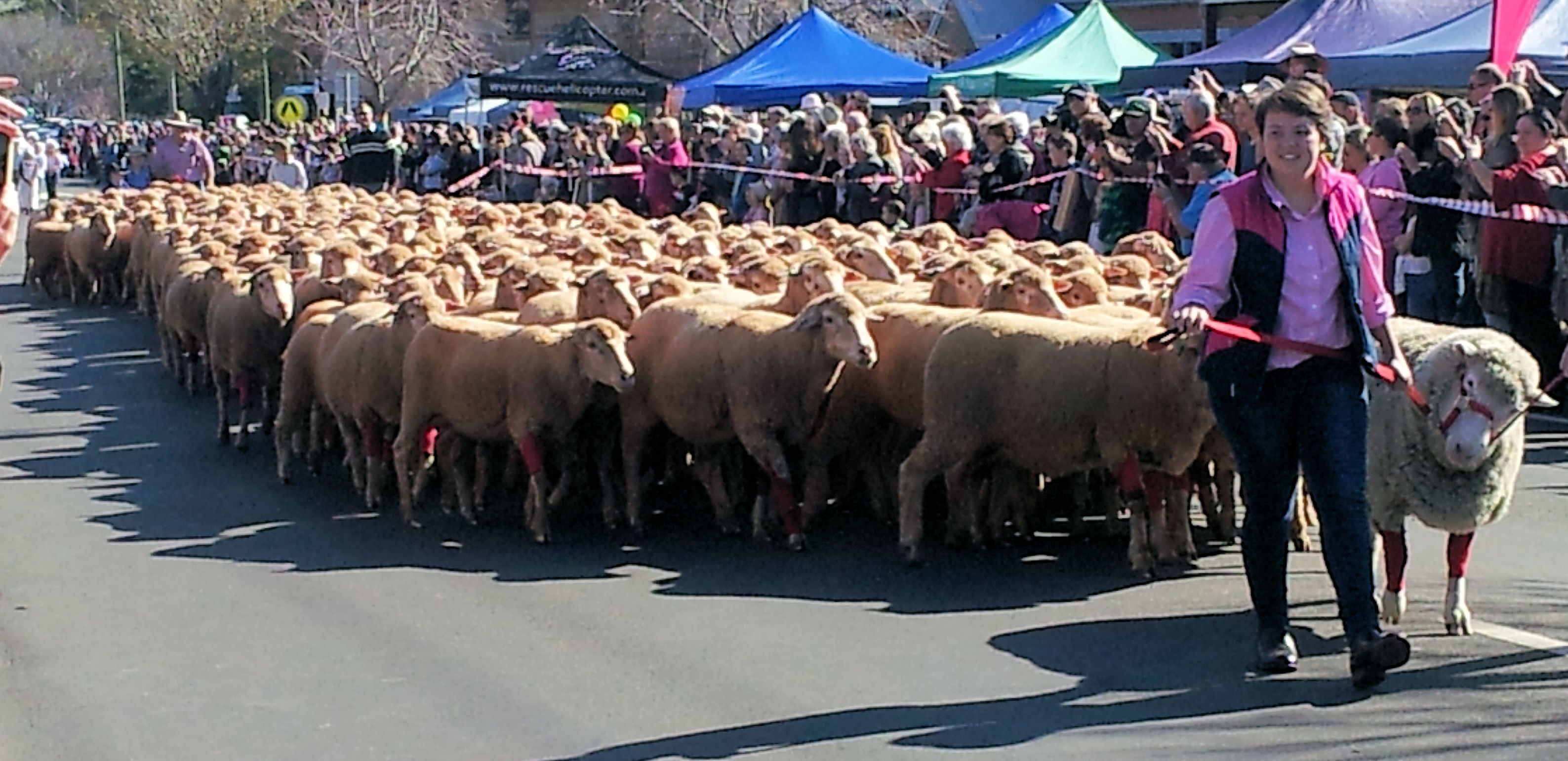Category: Natural History Museum
-
Dubbo New South Wales Australia

Dubbo New South Wales Located in the central west of New South Wales, Dubbo was our first main stop during our road trip. A five hour car trip from Sydney, or a three and a half hour trip from our home in Singleton, stops along the way are needed. The first European settlement was established… Read more
-
Driving Tour of Ireland The Emerald Isle

How did We Get There? Our eight-day driving tour of Ireland was the first stage of a 35 day trip to Europe and was a amazing place to start. We flew into Ireland from Sydney with British Airways, via Singapore and London making it a long tiring trip, The arrival time was 7:30 am so… Read more
-
Merriwa Sheep Beautiful Golden Canola

Merriwa Merriwa is know throughout the Hunter Region for its annual Festival of the Fleeces. Once a year the town celebrates its association with the wool industry by parading sheep wearing red socks down the Main Street. This is a unique event and sheep in socks are worth seeing. Festival of the Fleeces The festival… Read more